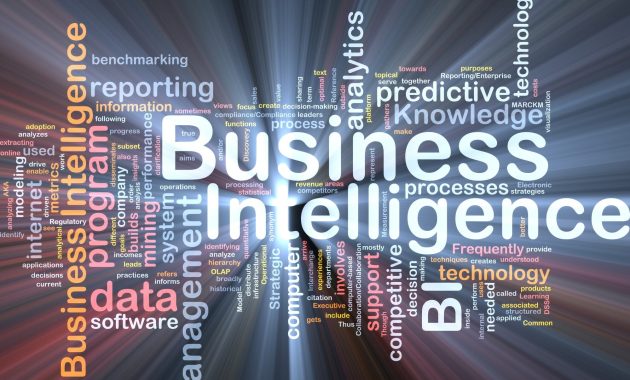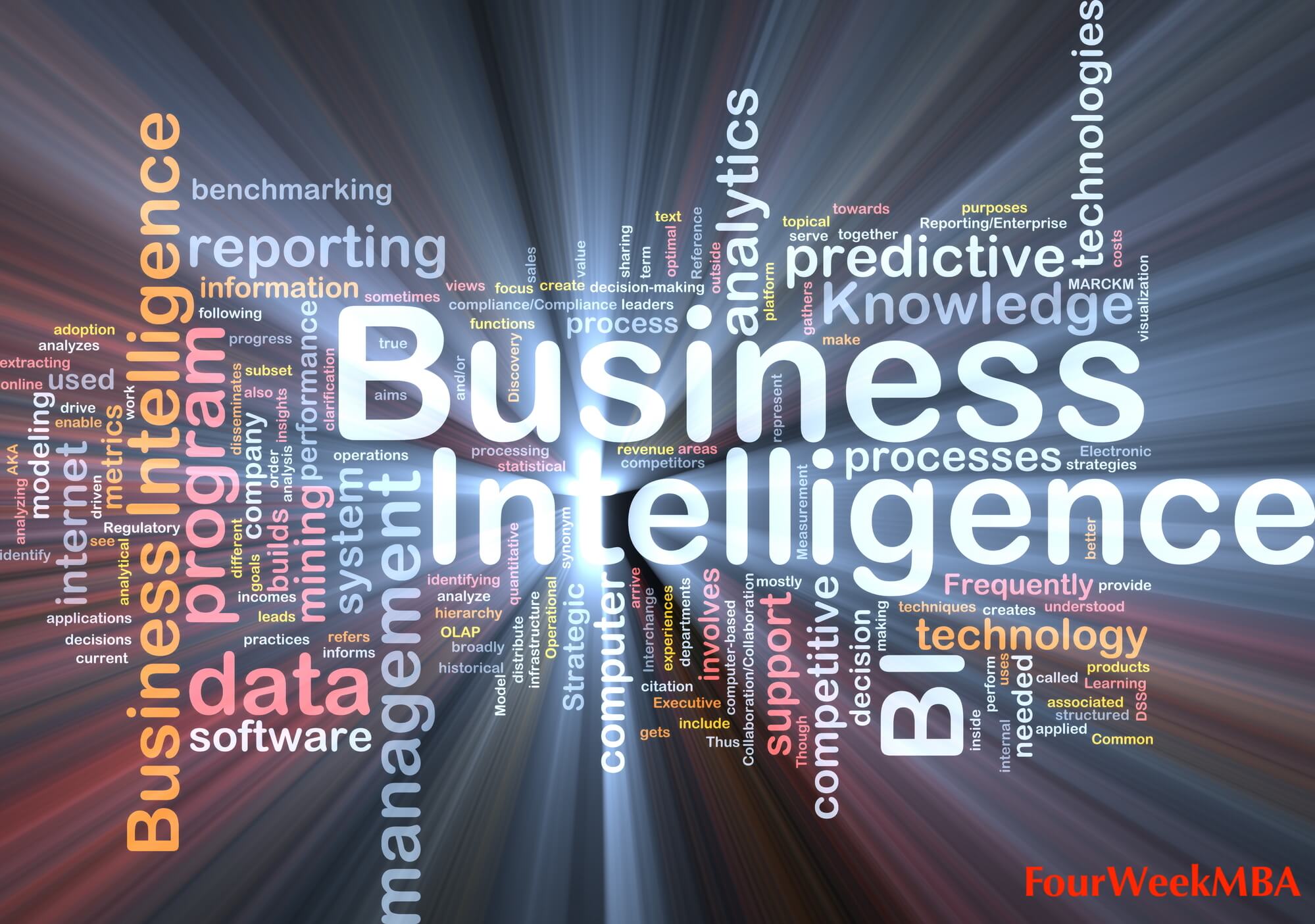
How 8 Business Intelligence Tools Are Used by Experts: A Deep Dive
In the ever-evolving landscape of data-driven decision-making, business intelligence (BI) tools have become indispensable. These powerful applications empower organizations to collect, analyze, and visualize data, transforming raw information into actionable insights. But how do seasoned professionals leverage these tools to their full potential? This article delves into how eight prominent business intelligence tools are used by experts, exploring their functionalities and applications.
The effective use of business intelligence tools can significantly enhance strategic planning, operational efficiency, and overall business performance. Experts in various fields rely on these tools to gain a competitive edge, identify market trends, and make data-backed decisions. The following analysis provides a comprehensive overview of how these tools are used.
Understanding Business Intelligence Tools
Before exploring the specific tools, it’s crucial to understand what constitutes a business intelligence tool. These applications typically encompass data collection, data warehousing, data analysis, and data visualization capabilities. They enable users to:
- Gather data from multiple sources.
- Store data in a structured and accessible format.
- Analyze data to identify patterns and trends.
- Visualize data through charts, graphs, and dashboards.
The primary goal of using these tools is to provide decision-makers with the information they need to make informed choices. This leads to improved efficiency, reduced costs, and increased revenue. The proper application of these tools is critical.
Tool 1: Tableau
Tableau is a leading data visualization and business intelligence tool known for its user-friendly interface and powerful analytical capabilities. Experts often use Tableau for:
- Data Visualization: Creating interactive dashboards and visually appealing reports to communicate complex data in an easily understandable format.
- Data Exploration: Quickly exploring data, identifying trends, and uncovering hidden insights.
- Data Blending: Combining data from multiple sources to gain a holistic view of business performance.
Experts use Tableau to transform raw data into compelling visuals. These visuals support data-driven decision-making. The user-friendly interface makes it accessible.
Tool 2: Microsoft Power BI
Microsoft Power BI is another popular business intelligence tool. It is known for its integration with other Microsoft products. Experts leverage Power BI for:
- Data Modeling: Building sophisticated data models to analyze complex datasets.
- Interactive Dashboards: Designing dynamic dashboards that provide real-time insights into key performance indicators (KPIs).
- Collaboration: Sharing reports and dashboards with team members and stakeholders.
Power BI’s integration with Excel and other Microsoft tools makes it a powerful choice. It provides seamless data analysis and reporting capabilities. Experts find this tool invaluable.
Tool 3: Qlik Sense
Qlik Sense is a self-service business intelligence tool. It offers data discovery and data visualization capabilities. Experts use Qlik Sense for:
- Data Discovery: Exploring data through an associative data model that allows users to uncover relationships between data points.
- Data Storytelling: Creating interactive stories to communicate data insights in a narrative format.
- Mobile BI: Accessing and interacting with dashboards and reports on mobile devices.
Qlik Sense’s unique associative engine enables users to explore data in new ways. This leads to deeper insights. The mobile BI capabilities are also highly valued.
Tool 4: SAP BusinessObjects
SAP BusinessObjects is a comprehensive business intelligence platform. It is designed for large enterprises. Experts utilize SAP BusinessObjects for:
- Enterprise Reporting: Generating complex reports across the organization.
- Data Warehousing: Integrating with SAP data sources and other systems.
- Predictive Analytics: Using predictive modeling to forecast future trends.
SAP BusinessObjects offers robust features for large-scale data analysis. It supports advanced reporting and analytics needs. Experts use it for complex business processes.
Tool 5: IBM Cognos Analytics
IBM Cognos Analytics is a powerful business intelligence platform. It offers a wide range of analytical capabilities. Experts use IBM Cognos Analytics for:
- Advanced Analytics: Performing sophisticated data analysis. This includes statistical modeling and data mining.
- Report Automation: Automating the generation and distribution of reports.
- Performance Management: Monitoring and managing key performance indicators.
IBM Cognos Analytics provides comprehensive analytics solutions. It is suited for large enterprises. Experts find this tool invaluable.
Tool 6: Sisense
Sisense is a business intelligence platform. It focuses on ease of use and speed of analysis. Experts use Sisense for:
- Embedded Analytics: Integrating analytics into their applications and workflows.
- Data Preparation: Simplifying the process of preparing data for analysis.
- Real-time Analytics: Providing real-time insights from live data streams.
Sisense is designed for speed and ease of use. It is ideal for fast-paced environments. Experts use this for quick insights.
Tool 7: Domo
Domo is a cloud-based business intelligence platform. It offers a wide range of features. Experts use Domo for:
- Data Integration: Connecting to a variety of data sources.
- Collaboration: Collaborating with team members on data analysis and reporting.
- Mobile BI: Accessing and interacting with data on mobile devices.
Domo’s cloud-based nature makes it accessible from anywhere. It supports seamless collaboration. Experts use it for data-driven teamwork.
Tool 8: Looker
Looker is a business intelligence platform. It focuses on data modeling and governance. Experts use Looker for:
- Data Modeling: Creating a single source of truth for data.
- Data Governance: Ensuring data accuracy and consistency.
- Custom Applications: Building custom data-driven applications.
Looker’s emphasis on data modeling allows for consistent data definitions. It ensures data accuracy. Experts use it for reliable insights.
Best Practices for Using Business Intelligence Tools
To maximize the benefits of these business intelligence tools, experts follow specific best practices. These practices include:
- Defining Clear Objectives: Establishing specific goals for data analysis.
- Data Quality Assurance: Ensuring data accuracy and completeness.
- Data Governance: Implementing data governance policies.
- User Training: Providing adequate training for users.
- Regular Monitoring: Continuously monitoring the performance of the tools.
By following these best practices, organizations can ensure they get the most value. This will help from their business intelligence tools. It will improve their decision-making.
Conclusion
Business intelligence tools are essential for data-driven decision-making. The eight tools discussed here represent some of the most popular options. They are used by experts across various industries. Understanding how these experts use these tools can help you. You can then leverage these tools effectively. This will unlock valuable insights and drive business success. The key is to match the right tool. Pair it with your specific needs and implement best practices. This will optimize your data analysis efforts. [See also: How to Choose the Right BI Tool for Your Business]

